
PPT History & Physical Examination of the Shoulder PowerPoint Presentation ID1185166
A cross-arm adduction test is performed by taking the affected arm straight across the body and pressing towards the opposite shoulder. A positive test recreates symptoms of pain directly at the AC joint. Many people with AC joint problems also have typical symptoms of rotator cuff impingement, since these conditions go hand in hand.
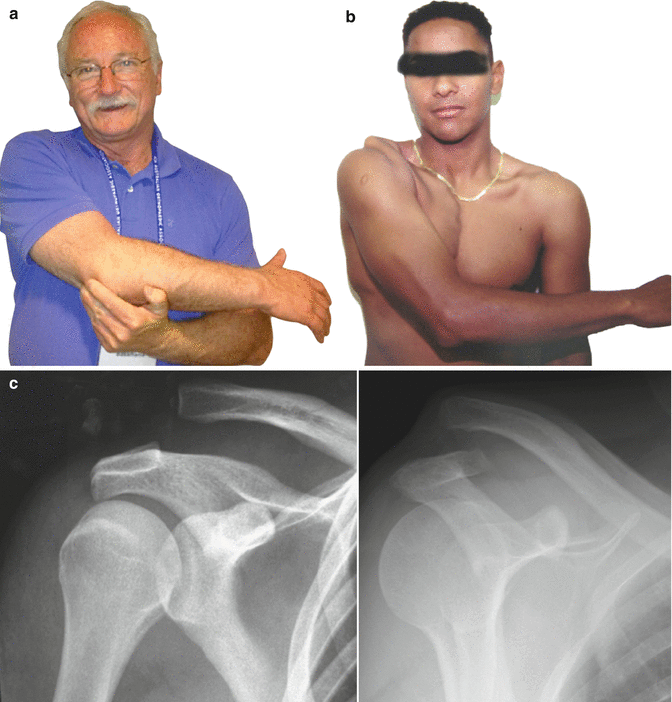
Pathoanatomy of AcromioclavicularAcromioclavicular Joint Instability Musculoskeletal Key
The physician should be able to discern the exact location of pain reproduction with the cross-body adduction maneuvers. Superior Labrum Anterior-Posterior (SLAP) Lesions O'Brien's test/Active compression test: The patient is standing, and the arm of interest is positioned at 90 degrees of forward flexion, 10 degrees of adduction, and.

Cross Body Adduction YouTube
Do not perform cross-arm adduction test during this phase (phase I) due to pain limiting test performance. Based on pain, perform cross arm adduction test between 3 and 6 wk postinjury. If there is persistent pain, posterior overriding of the clavicle and scapular dysfunction, surgical management is suggested.

Single joint movements. a shoulder abduction; b shoulder flexion; c... Download Scientific
The cross-arm test isolates the acromioclavicular joint. The patient raises the affected arm to 90 degrees. Active adduction of the arm forces the acromion into the distal end of the clavicle.

Joint articulations and the three planes of motion Muscle Activation Guide
Enroll in our online course: http://bit.ly/PTMSK DOWNLOAD OUR APP:📱 iPhone/iPad: https://goo.gl/eUuF7w🤖 Android: https://goo.gl/3NKzJX GET OUR ASSESSMENT B.
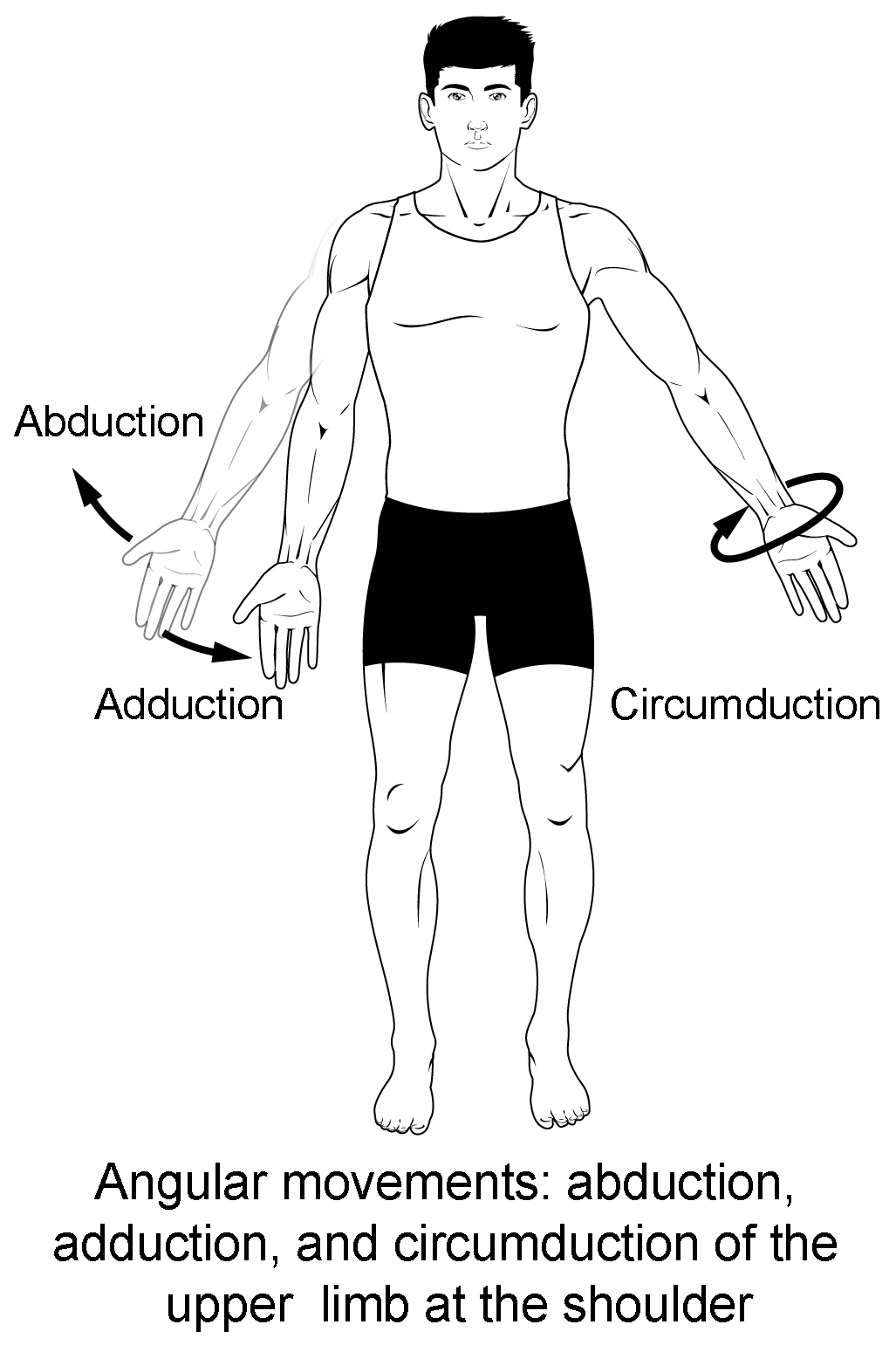
Types of Body Movements Anatomy and Physiology I Course Hero
The cross-body adduction test, also known as the crossover test, is used to evaluate the acromioclavicular joint.. Abduct the patient's arm to 90 degrees and then flex the elbow to 90 degrees.

Cross body adduction test YouTube
The Saccomanni (Sac) test is essentially the cross-adduction test, with the addition of attempted elevation against resistance. In a positive test, this results in some pain and the inability of the patient to maintain the arm in the adducted and elevated position against resistance.
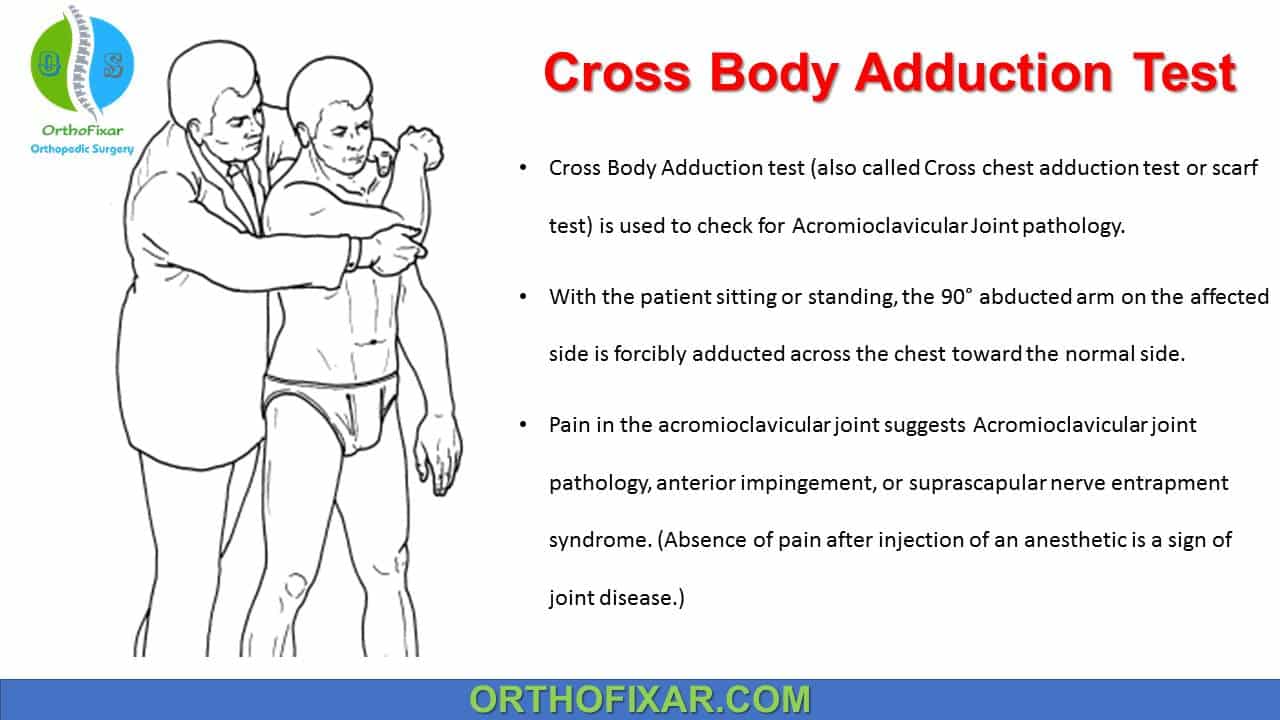
Cross Body Adduction Test • Easy Explained OrthoFixar 2023
The Cross Body Adduction Test is an orthopedic test to assess for a sensitized Acromioclavicular Joint such as in osteoarthritis. According to a study done by Chronopoulos et al. (2004) the cross-body adduction test has a sensitivity of 77% and a specificity of 79%. The authors do not recommend using this test as a standalone diagnostic tool.

Der CrossBodyAdductionTest für das ACGelenk YouTube
Overview The acromioclavicular (AC) and sternoclavicular (SC) joints function to connect the upper extremity to the axial skeleton. Injury to these ligamentous-restrained joints often results from trauma. AC joint injuries are common and account for 9% of all shoulder injuries.

Seated Thoracic Extension with Arms Crossed YouTube
A test for the integrity of the acromio-clavicular joint.The test is positive at the end of the maneuver there is pain at or near the acromio-clavicular join.
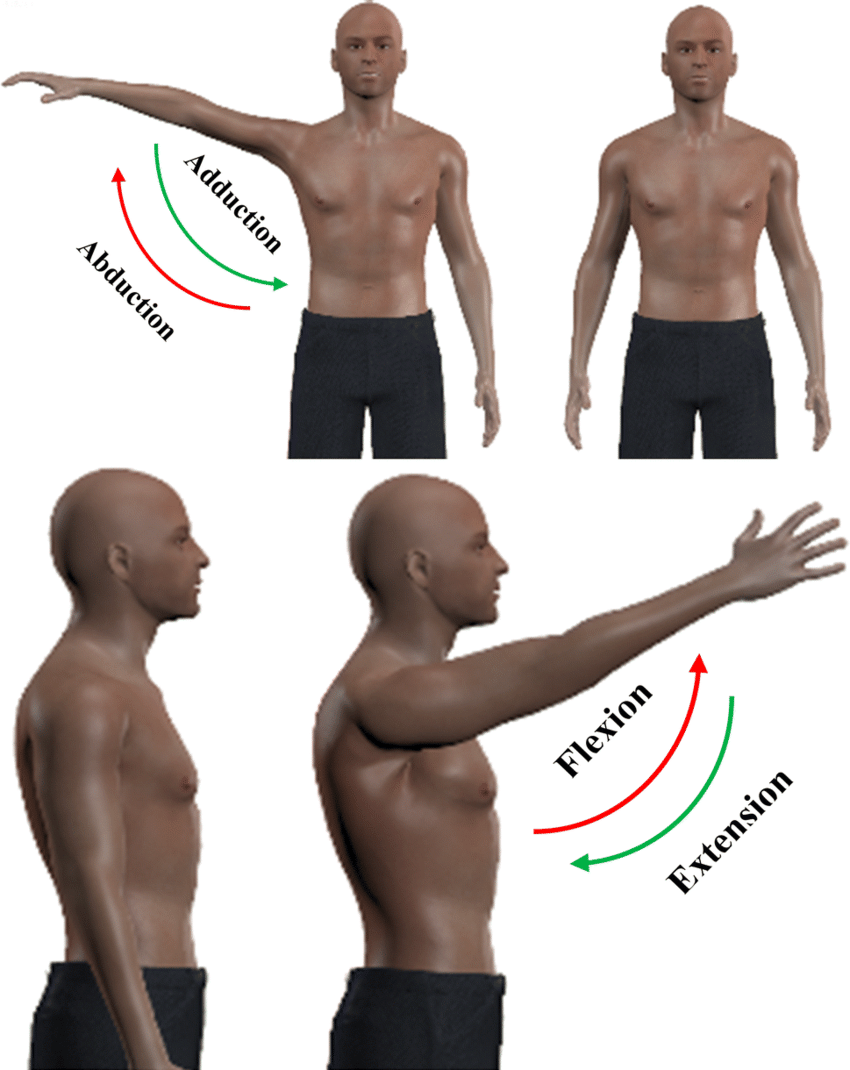
Schematic of shoulder abduction/adduction and vertical flexion/extension Download Scientific
The scarf test, also known as the cross-body adduction test, is used to assess the integrity of the acromioclavicular (AC) joint. Technique The test is performed by passively bringing the patient's arm into 90 degrees of forward flexion, with their elbow also flexed to 90 degrees.

Cross Body Adduction Test YouTube
Based on analysis of the two included studies (Table 1), the special tests evaluated were Paxinos sign, O'Brien's test (AC joint active compression), cross-body adduction, Hawkins- Kennedy, and AC joint tenderness to palpation (Table 2). The extracted statistical characteristics for the evaluated special tests are listed in Table 3.

Adduction Physiotherapy News
Ask the patient to abduct both arms by elevating them laterally until they are above the head, at 180°. Abduction. Image credit. Cross-body Adduction Have the patient flexing the upper extremity forward to 90°. From this position, ask the patient to maximally adduct the shoulder by moving the arm horizontally all the way to the other side.

Cross Body Adduction Stress Test YouTube
The Hawkins-Kennedy and cross-arm adduction tests are performed immediately following the injection to determine the extent of relief, confirming the diagnosis of subcoracoid impingement.
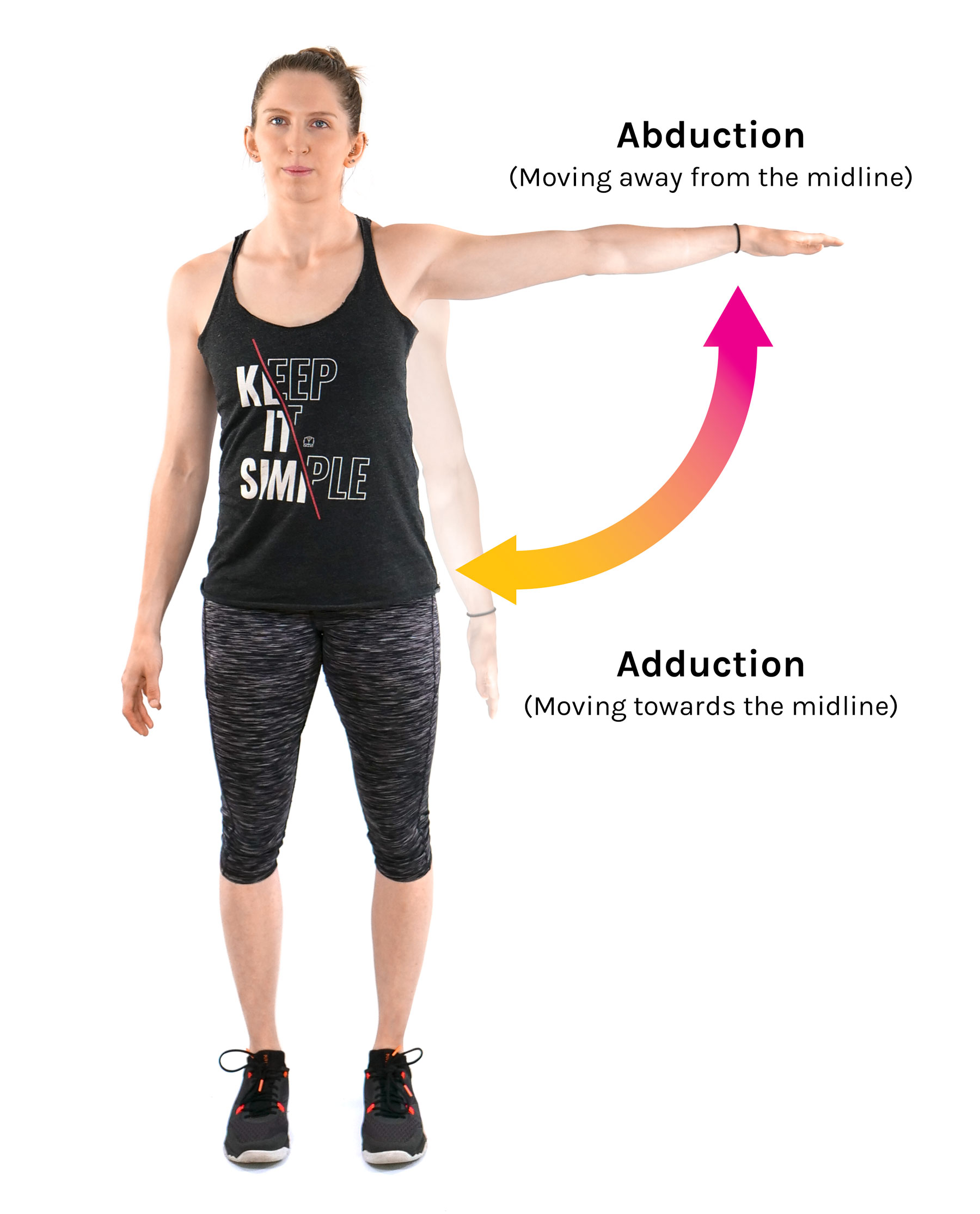
Anatomical Movements Tom Morrison
Cross Body Adduction test (also called Cross chest adduction test or scarf test) is used to check for Acromioclavicular Joint pathology. In 1951, McLaughlin noted that many patients with AC joint pathologies developed a sharp pain at the top of the shoulder when the arm was actively adducted across the chest and towards the contralateral shoulder.
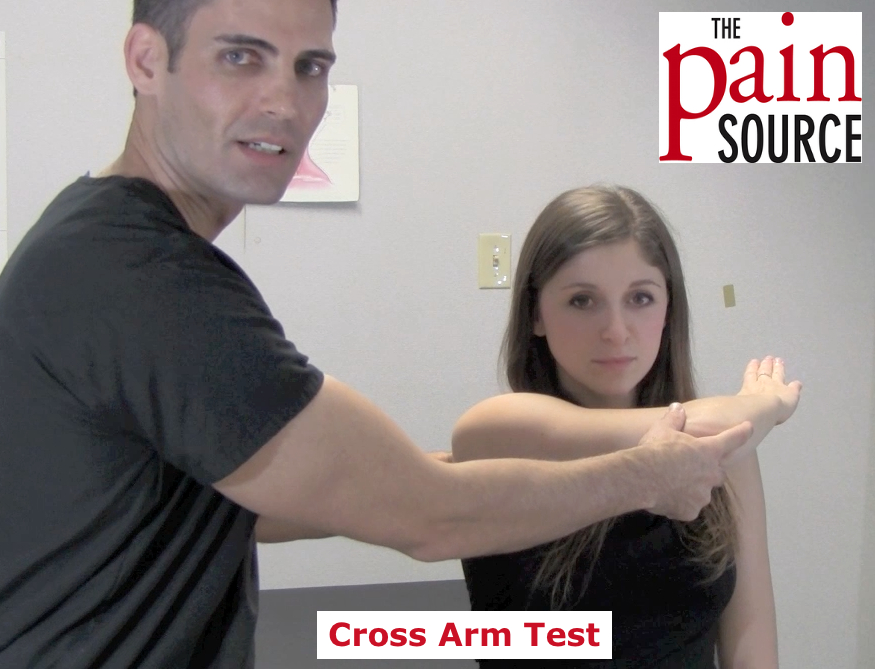
Cross Arm Test The Pain Source Makes Learning About Pain, Painless
(Cross-Arm Adduction Test) (the Shear Test) (Scarf Test) The Acromioclavicular (AC) Shear Test, also known as the Cross-Arm Adduction Test or the Shear Test, is a physical examination maneuver used to assess the integrity and stability of the acromioclavicular joint in the shoulder. It is commonly performed to evaluate for AC joint pathology.